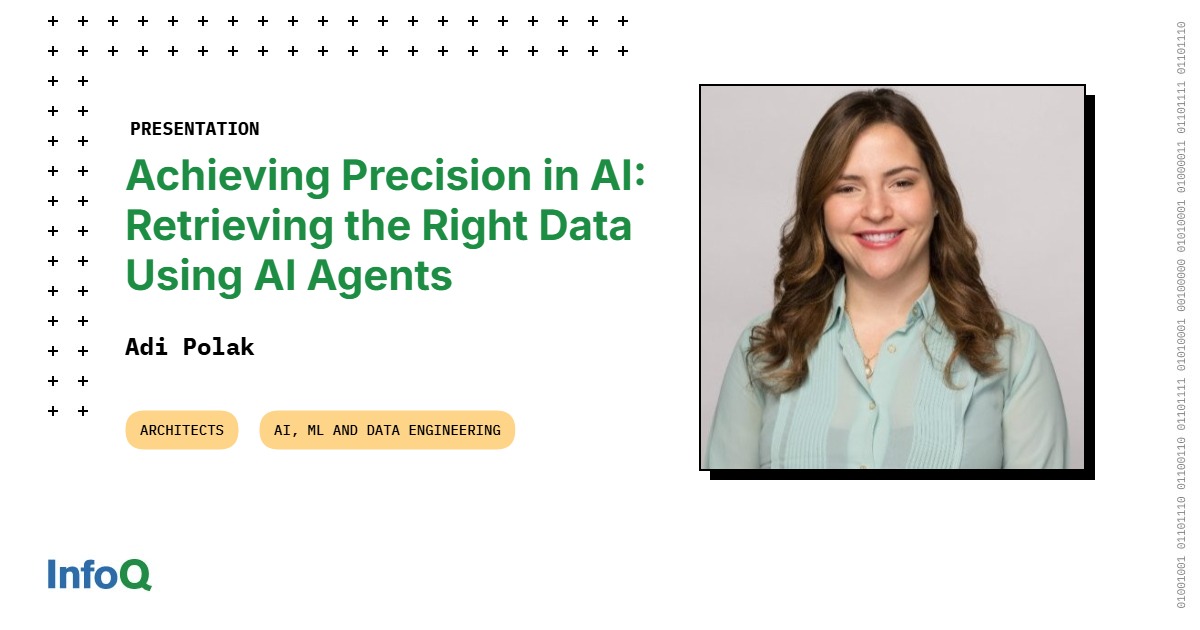
"Essentially, they created a bot and each one of us can interact with that bot to check what happens with our flight. Is it going to be on time? Is it going to be delayed? Do we need to change seats? What happens to our luggage? The chatbot misled the customer. The customer lost some big business. They were traveling for business. They sued Air Canada for misleading them, and that cost the company a lot of money and a lot of reputation."
"If you be very detail-oriented and look into the text, there you might see like in AAI, or you might see precision with double I or double S. You might see that the text is not exactly as it should be, and these are really the challenges that we're facing with generative AI. Achieving precision is one of the hardest things that we need to do in order to actually operationalize AI and go from 0 to 1, MVP some prototype"
Minor textual errors commonly occur in generative AI outputs, such as repeated letters or incorrect terminology, and these errors can undermine precision. Precision failures can mislead users, propagate incorrect information, and create legal exposure when deployed in customer-facing systems. A notable case involved Air Canada, where a chatbot provided misleading flight information, resulting in lost business, a lawsuit, and damage to the company's finances and reputation. Achieving production-ready precision often requires many iterations and fine-tuning, especially for agentic Retrieval-Augmented Generation (RAG) systems. Precision is therefore an essential requirement for operationalizing AI from prototypes into reliable production services.
Read at InfoQ
Unable to calculate read time
Collection
[
|
...
]